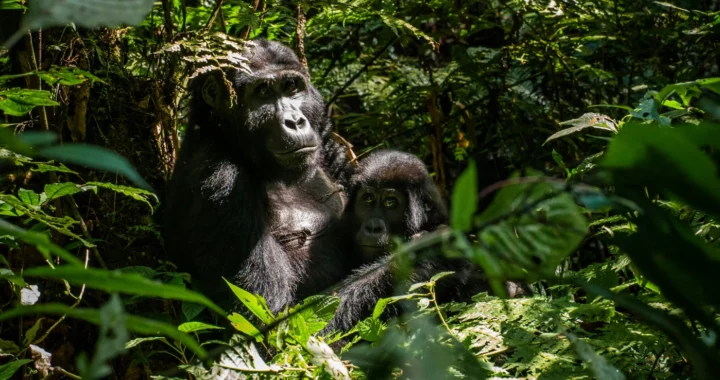Human Rights 101: Understanding the many facets of human rights

Freepik.
Whether on the news, in casual conversations, or important documents, we all have heard about the term human rights. All signs point to human rights being important aspects of humanity and society. But, what exactly are human rights?
History and Universal Declaration
In essence, human rights are the inherent rights we have for existing as human beings. They are not granted by other parties. Everyone is entitled to civil, political, economic, social, and cultural rights without discrimination, regardless of race, sex, nationality, ethnicity, religion, or any other status.
The anti-slavery movement was one of the first waves of human rights movements in global history. Then, the rampant atrocities and barbaric human rights violations that occurred during the Second World War and the Holocaust prompted the push for regulation and protective measures to safeguard freedom and equality for all.
In 1945, the United Nations established the Charter of the United Nations, followed by the adoption of the Universal Declaration of Human Rights (UDHR) in 1948. Both are foundational bodies of law that establish internationally recognized human rights along with mechanisms to promote and protect these rights. For the first time, fundamental human rights are universally protected.
The Many Facets of Human Rights
Since establishing the UDHR, the UN has broadened human rights law to include and protect the rights of vulnerable groups in society, including women, children, persons with disabilities, and ethnic minorities. These groups often face multiple forms of discrimination daily, which interferes with their ability to lead a safe, healthy, and prosperous life.
This expansion came with the establishment of the International Covenant on Civil and Political Rights and the International Covenant on Economic, Social and Cultural Rights in 1976. Together with the UDHR, they form the International Bill of Human Rights.
Overall, human rights encompass various aspects in the wide spectrum of human life, from work to politics to environment. Some examples of human rights are:
- The right to work in just and favorable conditions, such as ensuring occupational safety and health, establishing fair wages for all workers regardless of their identities, and creating a workplace free from violence and harassment.
- The right to social protection, an adequate standard of living, and the highest attainable standards of physical and mental wellbeing.
- The right to security in the event of disability or old age.
- The right to education and the enjoyment of the benefits of cultural freedom and scientific progress.
- The right to a clean, healthy, and sustainable environment.
- The right to appear equal before the law and the freedom to be involved in society through expressing opinions, joining associations, and participating in public affairs and elections.
- The protection against any forms of arbitrary deprivation of life, such as cruel punishments, slavery and forced labor, arbitrary arrest or detention, and identity-based hatred and discrimination.
Upholding Human Rights for All
Human rights are a fundamental aspect of our society. While it is our duty as individual human beings to respect each other, we must also demand accountability and better protective laws and actions from our governments. For instance, around the world, cases of climate litigation have been emerging as a way to demand those in power to do better and be responsible for the damage they cause to the environment. Ultimately, the fight must continue to ensure the true implementation of human rights for all, without leaving anyone behind.

Join Green Network Asia Membership
Amidst today’s increasingly complex global challenges, equipping yourself, team, and communities with interdisciplinary and cross-sectoral insights on sustainability-related issues and sustainable development is no longer optional — it is a strategic necessity to stay ahead and stay relevant.


 The Politics of Disaster: State Capacity and the Illusion of Safety
The Politics of Disaster: State Capacity and the Illusion of Safety  Expanding Health Service Coverage for Health Without Financial Hardship
Expanding Health Service Coverage for Health Without Financial Hardship  Looking for Sustainability in the Uganda National Tourism Policy
Looking for Sustainability in the Uganda National Tourism Policy  The Conservation Incentive Model of Tropical Forest Forever Facility (TFFF): Is it enough?
The Conservation Incentive Model of Tropical Forest Forever Facility (TFFF): Is it enough?  Reflecting on Our Understanding of Disaster
Reflecting on Our Understanding of Disaster  How Middle Managers Can Become the Bridge of Corporate Sustainability
How Middle Managers Can Become the Bridge of Corporate Sustainability